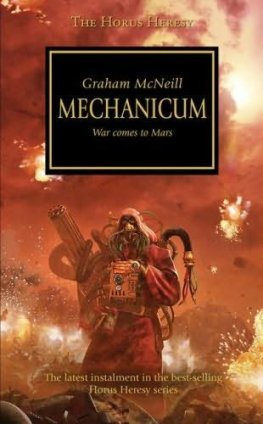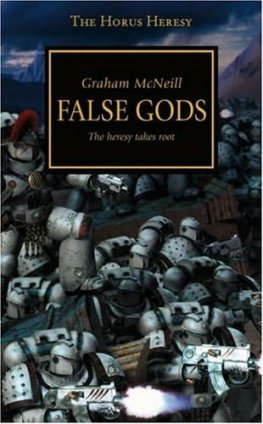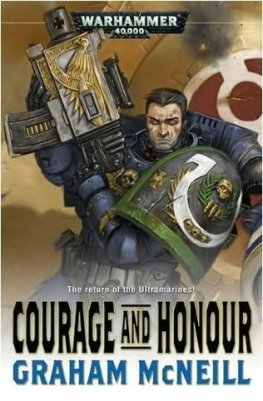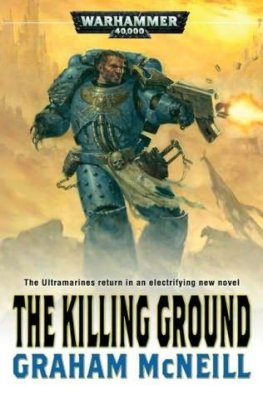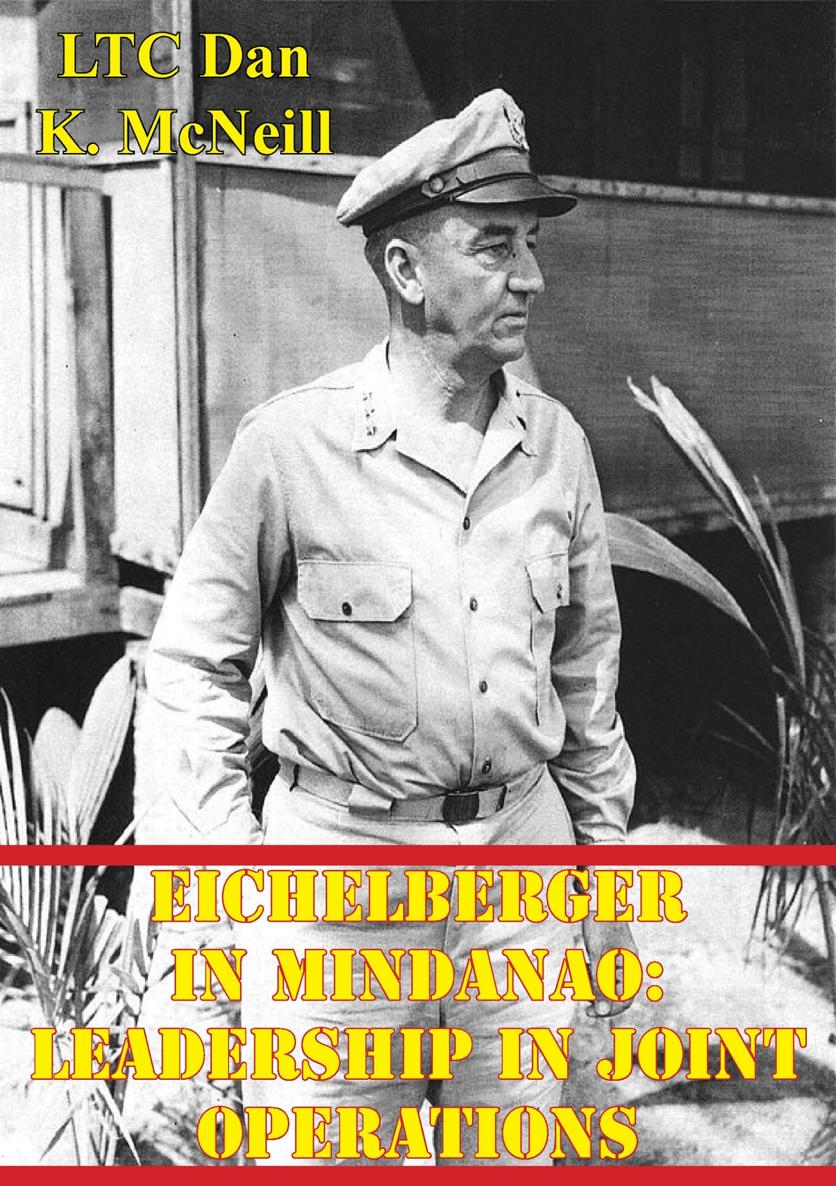
This edition is published by PICKLE PARTNERS PUBLISHINGwww.picklepartnerspublishing.com
To join our mailing list for new titles or for issues with our books picklepublishing@gmail.com
Or on Facebook
Text originally published in 1989 under the same title.
Pickle Partners Publishing 2014, all rights reserved. No part of this publication may be reproduced, stored in a retrieval system or transmitted by any means, electrical, mechanical or otherwise without the written permission of the copyright holder.
Publishers Note
Although in most cases we have retained the Authors original spelling and grammar to authentically reproduce the work of the Author and the original intent of such material, some additional notes and clarifications have been added for the modern readers benefit.
We have also made every effort to include all maps and illustrations of the original edition the limitations of formatting do not allow of including larger maps, we will upload as many of these maps as possible.
Eichelberger in Mindanao: Leadership in Joint Operations
Dan K. McNeill, LTC, IN
TABLE OF CONTENTS
Contents
TABLE OF CONTENTS
REQUEST FROM THE PUBLISHER
ABSTRACT
General Robert L. Eichelberger was an extraordinary and brilliant leader. He was a selfless man who loyally and diligently served an egocentric task maker in General Douglas MacArthur. Eichelberger was the American version of the British Field Marshal William Slim of Burma fame. In a six-month period in World War II, Eichelbergers Eighth US Army made 52 amphibious landings in the Southwest Pacific Theater. In each of those operations, Eichelberger skillfully used US and Allied ground troops, naval forces, and aircraft. While his Army was normally assigned a supporting or mopping-up role, the Mindanao campaign was solely Eichelbergers. The purpose behind this study is to explore Eichelbergers leadership in the joint operations on, Mindanao Island in the Philippines.
CHAPTER 1 INTRODUCTION
During the period of February to July 1945, the US Eighth Army made 52 separate landings in the Southwest Pacific Theater of operations. The Commanding General of Eighth Army during this time was Lieutenant General Robert L. Eichelberger, a leader of extraordinary ability. Many of these landings were the jumping-off point for a series of combat actions which were code-named the VICTOR operations. VICTOR I-IV cleared Palawan, Panay, Negros, Cebu, Bohol, the Sulu chain, and Zamboanga peninsula. Mindanao, the second most important island in the Philippines, was the operational area for VICTOR V.
Eichelbergers VICTOR operations were masterful actions which were very similar to General Imamuras operations in 1941 and 1942, when the Sixteenth Army moved into the Indies during the Japanese centrifugal offensiveOne interesting difference was the American development of riverboat operations in Mindanao, probably the only such actions in the Pacific War. {1}
The purpose of this paper is to examine the campaign of the Eighth Army in Mindanao. The relevance of this operation lies in the fact that it is somewhat similar to campaigns that might be executed by our war fighting CINC today. The focus will be on leadership in the joint arena. My intent is to look closely at General Eichelbergers role in Mindanao and specifically at how he went about leading his army through the prosecution of this complex task. In its active days in the Philippines, Eighth Army saw a myriad of divisions and tactical organizations come and go as frequently as the Army planned and executed its island campaigns. The consistent factor was the brilliance of Eichelberger. And General Eichelberger clearly was at his best on Mindanao.
CHAPTER 2 THE TERRAIN
Mindanao is the southernmost of the major islands of the Philippines. It is bounded by the Mindanao Sea to the north, the Pacific on the east, the Celebes Sea to the south, and the Moro Gulf on its west coast. It is a rugged, tropical environment with ample jungle growth, swamps, and mountains. The Zamboanga peninsula, which is the westernmost extension of the island, adds about 100 miles to the approximately 250 miles of width of the main part of Mindanao. It measures about 300 miles north to south operations on the Zamboanga peninsula will not be addressed in detail in this paper inasmuch as they were not a part of the VICTOR V operation. The 36,000+ square miles of Mindanao represented almost one third of the land area of the Philippines.
Davao City was the most important town on Mindanao. It had a pre-war population close to 100,000. To the southwest of Davao City and also on the coast of Davao Gulf was the town of Digos. Highway Number 1 ran north and west from Digos to the town of Parang on the Moro Gulf. From Parang it ran along the west coast and then along the north coast. Roughly midway along Highway Number 1 between Digos and Parang was the town of Kabacan. The Sayre Highway ran north from Kabacan to Bugo on the coast at Macajalar Bay where it intersected Highway 1.
These two roads were to play important roles in the campaign.
Mindanao has about 1,400 miles of rough, broken coastline. There were a number of natural harbors along its coast but none had anything resembling a modern harbor facility. On the east, Davao Gulf provided an excellent shelter. Since it was closest to the line of the Allied advance from New Guinea, the Japanese naturally expected landings to take place along the coast in the vicinity of Davao and Digos. It was fortified accordingly and the adjacent waters were treacherous with Japanese mines and offshore island batteries.
Following the coast line in a clockwise manner, one comes next to Sarangani Bay in the south. The beaches at Sarangani were equal to those along Davao Gulf, but once ashore, a force would have great difficulty moving off the beaches since there were no roads leading from the shore.
Illana Bay on the west had numerous beaches which could support amphibious landings. At the town of Malabang, landing craft could unload directly on the beach at high tide. The shore was firm, sloping gradually to a low bank inland. The beach at Malabang was even more important as it was within two miles of the airfield at Malabang. Pollac Harbor, located just to the south of Malabang, also provided a suitable landing area although the beaches might hinder traffic ability somewhat. Parang, which was situated on Pollac Harbor, was the western terminus of the main cross-island highway. The Mindanao River joined the Moro Gulf just south of Parang.
Macajalar Bay on the north of the island was a deep harbor which was generally free of obstacles. Its beaches could easily support an amphibious landing. High ground dominated much of the shore. An opposed landing in Macajalar Bay could have been disastrous for the assaulting force if the defending force has positioned itself carefully along the high ground which overlooked the beaches.
Many parts of the coast line would have supported amphibious assaults. But once ashore at most of those locations, ground units would have found almost insurmountable obstacles in the topography. Mindanao was mountainous and heavily vegetated. Two chains of volcanic mountains generally ran north-south. The Mount Apo chain was close to the west side of Davao Gulf and had a highest elevation of approximately 9,700 feet. The Diuato Range on the east side of Davao Gulf had elevations greater than 6,000 feet.




